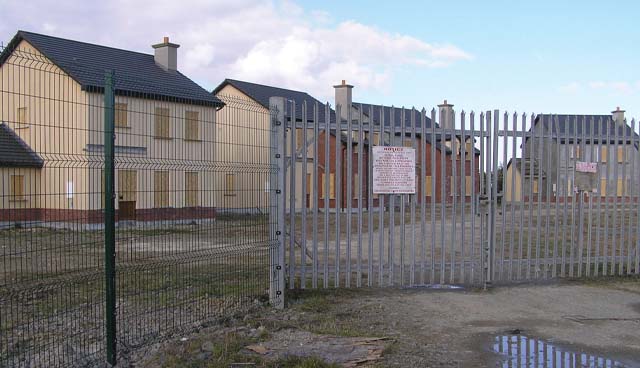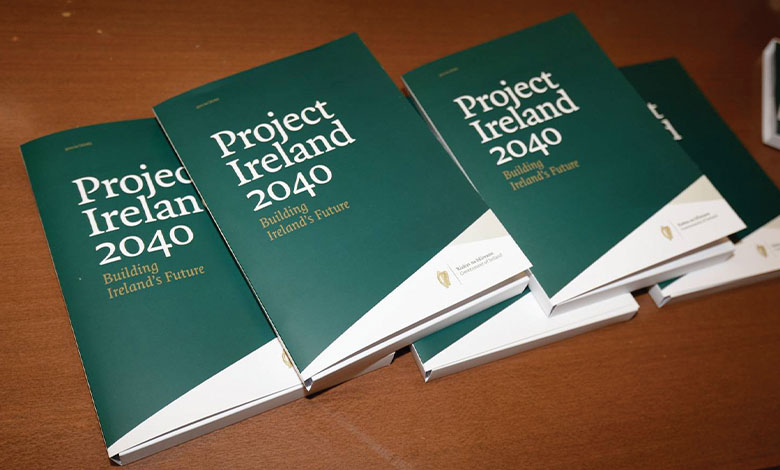
Implementing Housing for All
26th October 2021
‘Complete overhaul’ of planning laws needed
26th October 2021Over half of unfinished developments resolved

The Government’s latest update on unfinished housing developments shows that over half of the developments unfinished in 2017 have now either been completed or had construction progress to a point where they are no longer considered unfinished. As of 2020, there are now 124 unfinished developments on the register.
Although the Department of Housing, Local Government and Heritage has yet to publish its annual report on the process of finishing the unfinished housing developments that have pocked the Irish housing landscape since the economic crash of 2008, it has published the figures from 2017-2020, showing that 51.95 per cent of housing developments unfinished in 2017 have now been substantially completed or have progressed through the construction phase to the point of removal from the unfinished housing developments database.
In raw numbers, this means that 133 unfinished housing developments were removed from the database from 2017-2020, with a total of 124 now remaining in the database. Seven council areas (Westmeath, South Dublin City, Dún Laoghaire-Rathdown, Meath, Galway City, Kildare and Cork City) are now left with no unfinished housing developments; two of these (Westmeath and South Dublin City) had entered the period with none.
Four council areas (Dublin City, Waterford, Limerick and Wexford) made no progress in removing unfinished developments from the database from 2017-2020, with a combined number of 19 unfinished developments remaining in the database across the four areas. Wexford was the worst affected of these areas, with nine unfinished developments still to be dealt with.
From 2017-2020, Kerry was the council area to have removed the most unfinished developments from the database. Having entered the period with 18, the highest among all council areas, the council cleared all but two from the database, meaning that they cleared 90 per cent of developments in their area from the database. The council area with the most unfinished developments still in the database is Donegal, where just four developments (19.05 per cent) were removed from the database, leaving a total of 17 still on it.
Of the 24 council areas with unfinished developments still on the database, all but Tipperary (10), Roscommon (14) and Donegal have recorded amounts in the single digits, with Longford, Wicklow, Monaghan and Dublin City all having just one development left to deal with.
The latest batch of figures is the first report to cover more than one year of time in the completion of these unfinished developments, with previous reports covering 2015-2016 and 2016-2017. As such, it is understandable that the 51.95 per cent of projects removed from the database over the course of the latest figures is larger than the 39.2 per cent removed from 2016-2017 and the 37.1 per cent from 2015-2016. However, a more detailed look reveals that the average yearly rate of removals for 2017-2020 was just 17.3 per cent, a steep fall from the yearly rates recorded in the previous reports.
A total of 248 and 165 developments were removed from the database in 2015-2016 and 2016-2017 respectively, again dwarfing the 133 removed from 2017-2020, a yearly average of just 44.3. Great progress has been made towards the eradication of these unfinished developments over the course of these reports, with 1,687 removed since 2013, but it would appear that as the numbers dwindle, so too does the rate of success, thus delaying the day when these remnants of the economic crash become mere memories rather than still-existing reminders.






